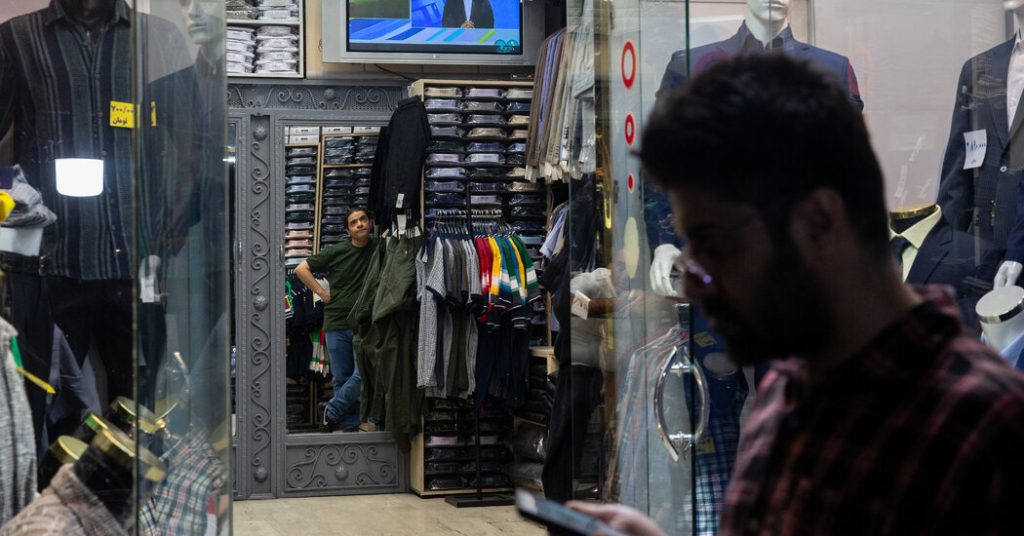President Ebrahim Raisi of Iran and his foreign minister were involved in a helicopter crash on their way to inaugurate a joint dam project in northwest Iran. The crash occurred in bad weather near the city of Varzaghan, and search and rescue efforts were hampered by heavy fog. As of yet, there has been no confirmation of casualties or the condition of the president or other passengers. Despite the crash, Supreme Leader Ayatollah Ali Khamenei assured that the country’s operations will continue smoothly.
President Raisi, seen as a possible successor to the supreme leader, was known for his harsh response to dissent. The crash comes during a tumultuous period for Iran, as its shadow war with Israel has escalated, domestic unrest grows over corruption and sanctions, and the country faces economic challenges. The president’s potential death would mean the vice president would take over, leading to the need for elections within 50 days, presenting a significant challenge for the country amidst ongoing crises.
Under Iran’s theocratic system, the president holds significant power after the supreme leader. President Raisi had focused on a policy of “strong diplomacy,” aligning with Russia and China while supporting proxies across the Middle East that targeted Israel and the U.S. He also oversaw a harsh crackdown on protesters during his tenure. Despite his potential succession as supreme leader, his absence is not expected to shift Iran’s foreign policy agenda significantly, as the supreme leader maintains control over strategic decisions.
Foreign Minister Hossein Amir Abdollahian, who was also aboard the crashed helicopter, had been involved in regional diplomacy with Arab countries and in secret talks with the United States to defuse tensions related to Iran’s nuclear program. The crash raises concerns over the potential impact on Iranian diplomacy, and the stability of regional relations. The uncertainty following the crash reflects a nation grappling with internal and external challenges, as well as instability within its political leadership.
The crash has prompted an outpouring of support and prayers for President Raisi and those involved. With the extent of the casualties and the cause of the crash still unknown, Iran faces a period of uncertainty as it navigates the aftermath of the tragic event. The crash has underscored the fragility of the current political and social landscape in Iran, and the challenges it faces amid ongoing crises and conflicts with neighboring countries. As the search for answers continues, the nation prepares to confront the potential ramifications of losing a key figure in its leadership.








